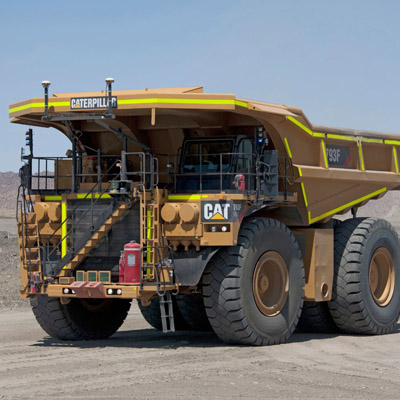Bill Bennett on learning from Mount Polley
B.C. can’t afford another Mount Polley disaster

Minister of Energy and Mines Bill Bennett. — Photo courtesy B.C. Government
Seeking to straddle the line between environmental responsibility and fostering an attractive business climate, B.C. minister of energy and mines Bill Bennett is committed to acting on key recommendations from the independent panel that investigated the Mount Polley tailings storage facility failure—but he promises the government won’t try to go it alone.
“Industry is understandably concerned that we don’t act unilaterally or in a knee-jerk fashion and say everyone must now run out and use dry stack tailings,” Bennett said. “But we have to do something. We have to respond constructively to these recommendations or we’ll end up without a social licence from the public to practice mining.”
According to the independent panel, the Mount Polley breach, which began on August 4, 2014, was caused by a design flaw in the embankment that contained the tailings pond. At a January 30 press conference, panel chair Norbert Morgenstern said engineers failed to account for “the complexity of the sub-glacial and pre-glacial geological environment associated with the Perimeter Embankment foundation. As a result, foundation investigations and associated site characterization failed to identify this continuous layer in the vicinity of the breach and to recognize it was susceptible to failure when subject to the stresses associated with the embankment.”
This oversight caused 10 million cubic meters of water and 4.5 million cubic meters of slurry to be released into Polley Lake, Hazeltine Creek, Cariboo Creek and Quesnel Lake, once regarded as the cleanest deep water lake in the world. In a 2013 report filed with Environment Canada, Imperial Metals, the company that operates the Mount Polley mine, stated that the pond contained 326 tonnes of nickel, over 400 tonnes of arsenic, 177 tonnes of lead and 18,400 tonnes of copper and related compounds. Downstream water and sediment tests have revealed elevated levels of these and other elements, including manganese, selenium and vanadium, but the true extent of the damage remains unclear.
Preventing a recurrence
Bennett, who drew fire initially for appearing to downplay the environmental impact of the incident, pulled no punches in terms of assigning responsibility for the breach.
“Engineers in the company, although in compliance, were always very close to the line,” Bennett said. “The dam wouldn’t have failed if they had had a larger margin of safety. Could this have been discovered? Yes. The report states very clearly that the engineers of record failed to take core samples deep enough in this area to discover the material. Could the dam have been constructed in a way that would have been stable anyway? Yes. The message I want to send to the mining industry is that we—the government—can’t afford to have this happen again. Neither can the industry.”
To minimize the chance of a similar disaster, all operating mines with tailings storage facility dams must provide a letter to the chief inspector of mines by June 30, 2015, that confirms whether materials similar to those found at Mount Polley exist beneath any of their dams. If such materials are present, the mine must confirm that sufficient investigations and testing were completed prior to construction of the dam and that the dams were designed to account for such conditions.
The province will also require all operating mines with tailings storage facilities to establish an independent tailings dam review board to provide third-party advice on design, construction, operation and decommissioning of tailings storage facilities. Finally, the province committed to launching a code review to determine the best way to implement the panel’s other recommendations.

An overview of the Mount Polley tailings pond breach. — photo courtesy Cariboo Regional District
Although additional—and costly—regulations are never welcome news, Bennett is pleased with the level of compliance within the industry.
“We need to embrace these recommendations and find ways to implement them, because the public will not stand for the status quo. We need to move forward. Most of the industry feels the same way.”
Despite the negative press the accident has generated, Bennett also remains positive about the future of mining in B.C.
“We have lots of great projects, lots of companies with a good attitude toward the environment and good relationships with First Nations,” said Bennett. “This was a terrible accident, but we can learn from it and improve how we conduct ourselves, ensuring that B.C. remains an attractive and competitive place to do business. I believe that what we do here in B.C. will lead the country.”




